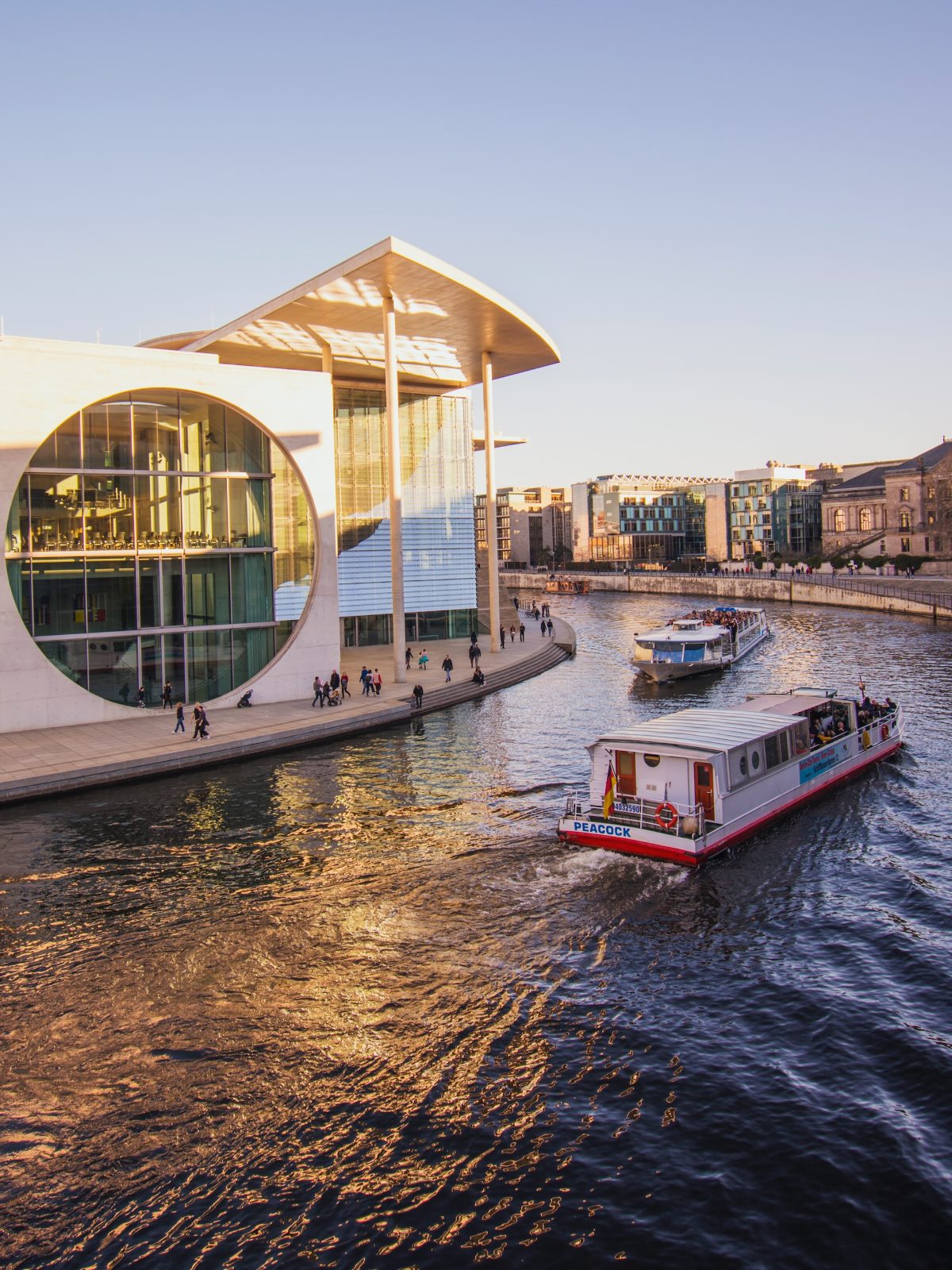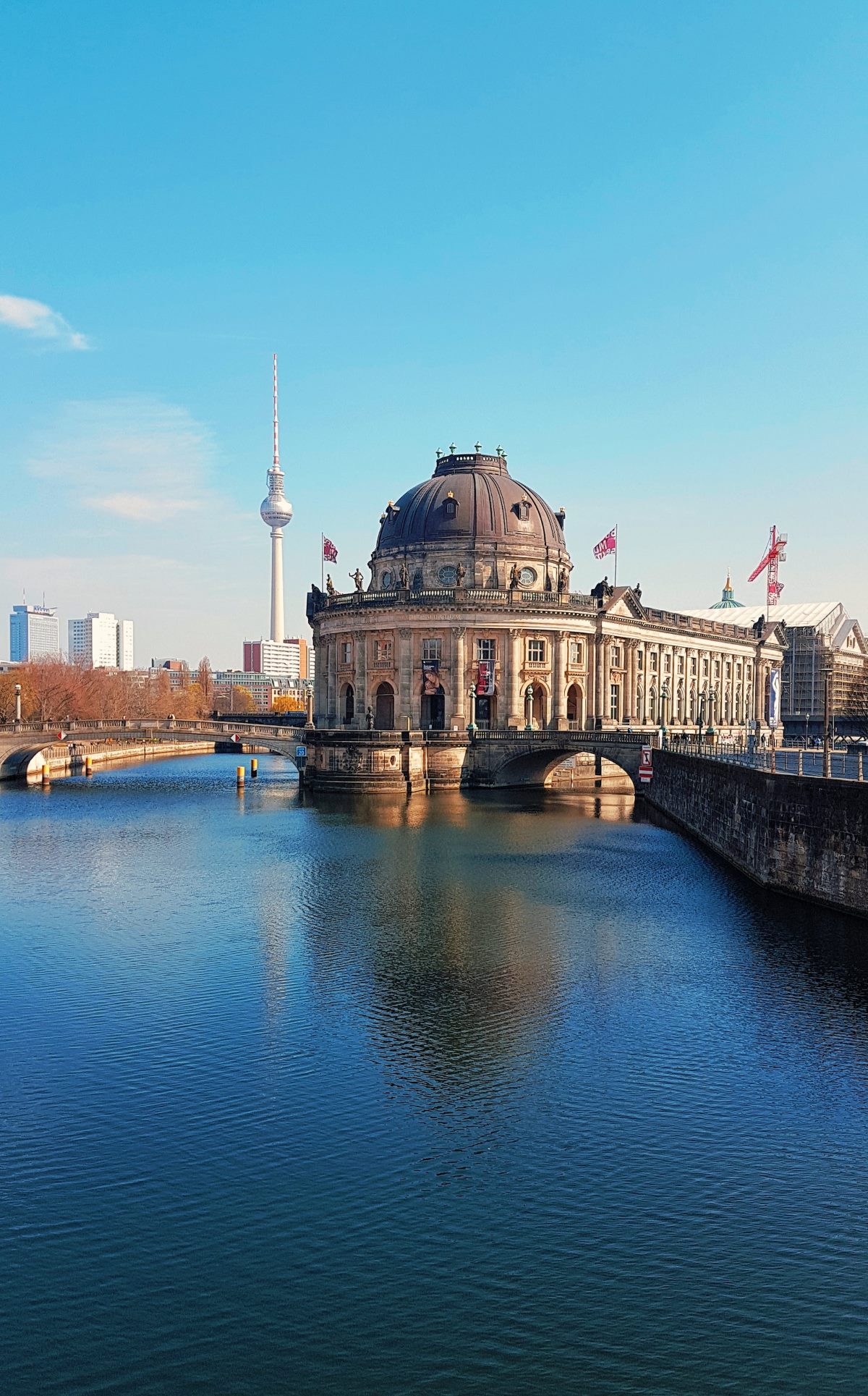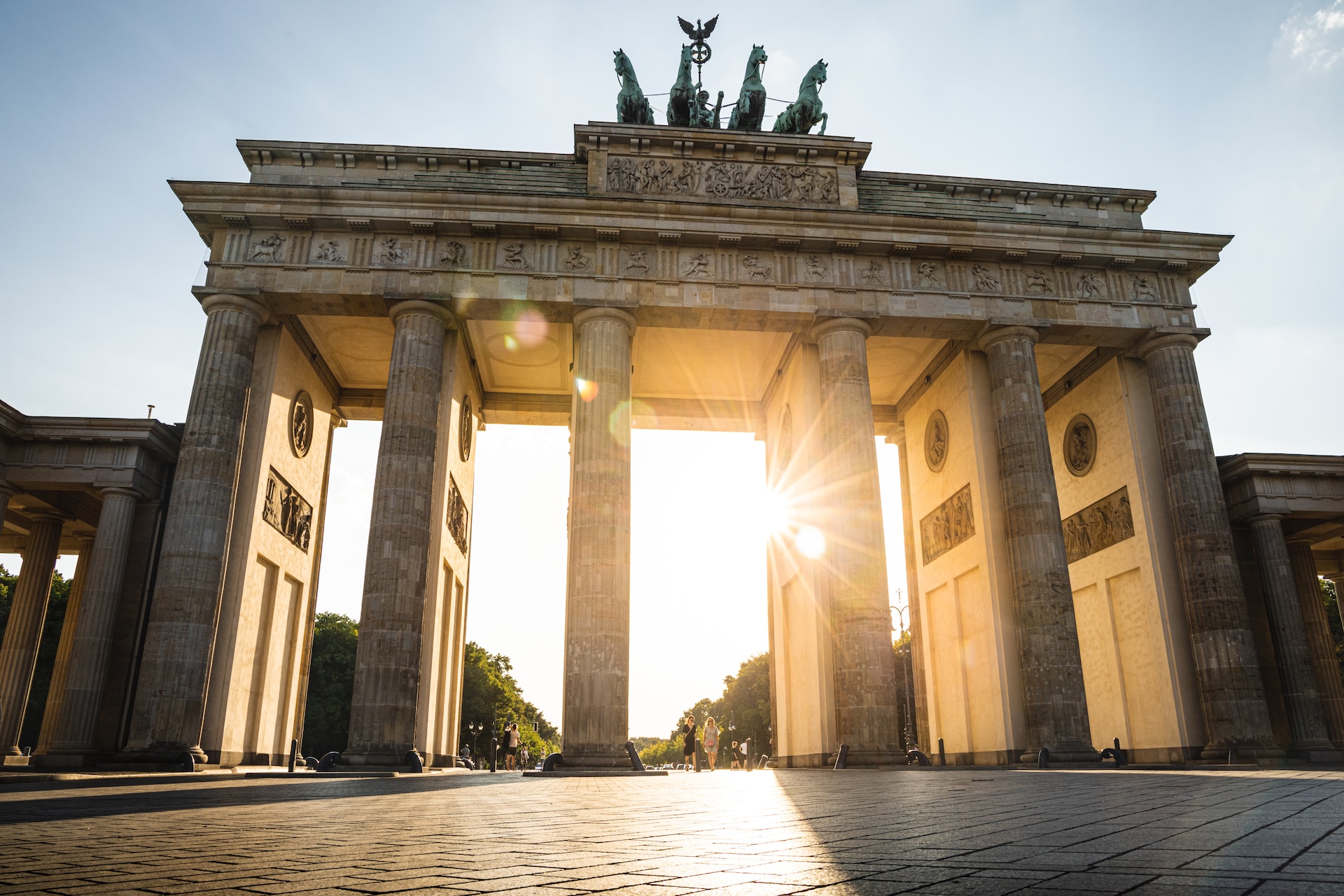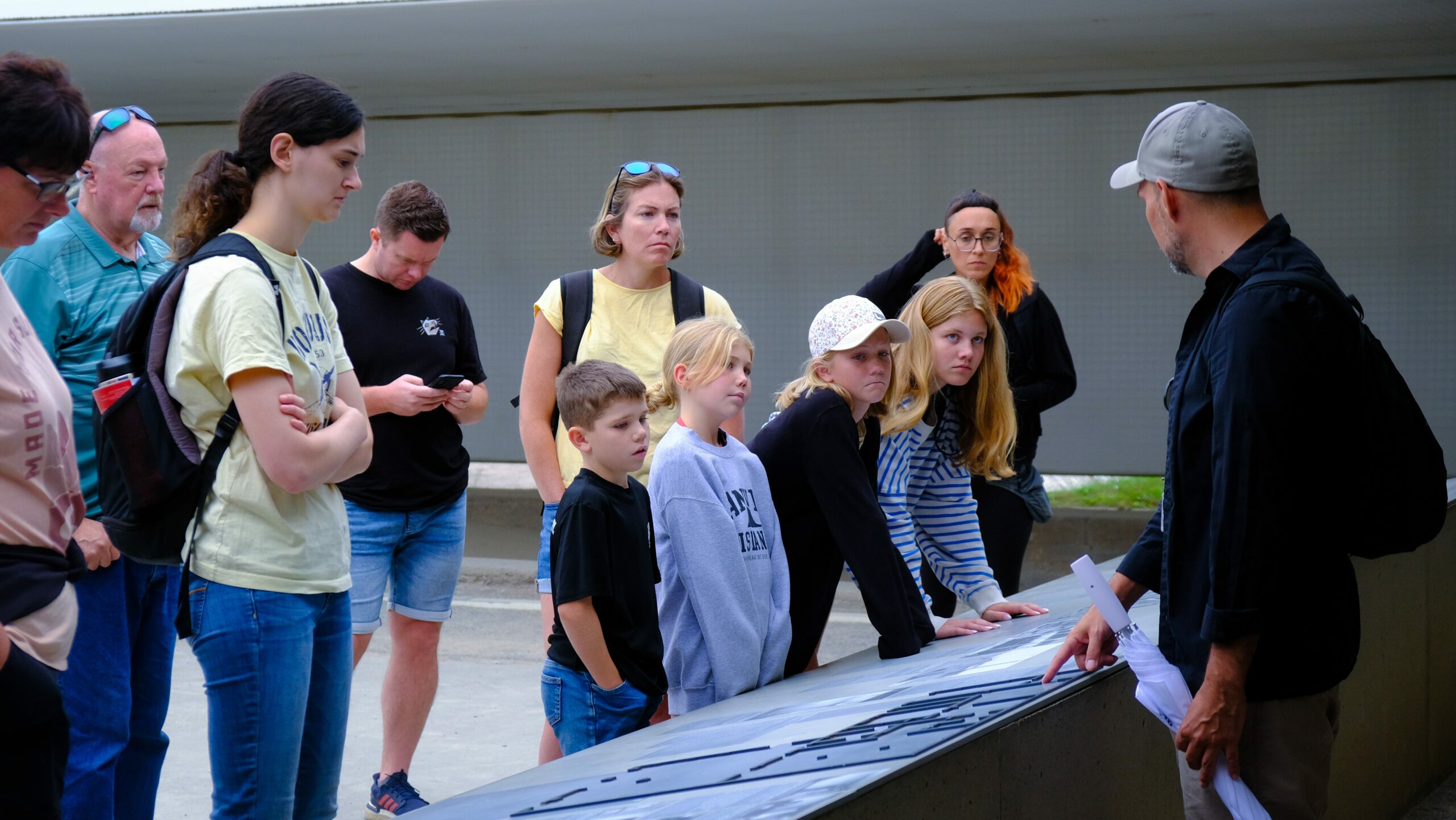Through 1961 until 1989 the German Democratic Republic built the Berlin Wall as a physical limit which divided West Berlin from East Berlin. Opponents built the barrier in 1961 to split East Berlin under communist rule from the democratic jurisdiction of West Berlin. People still wonder today whether the Berlin Wall achieved its primary objectives as designed.
The Purpose of the Berlin Wall
The Berlin Wall established its main function to stop East German citizens from leaving for West Germany since conditions were better there. The GDR implemented the wall to obstruct educated workers and professionals and skilled employees leaving for West Germany which diminished the socialist economy strength.
Restricting Freedom of Movement
The Berlin Wall imposed effective barriers to East Berliners who wanted to move freely throughout the city. The structure included strong barriers made of concrete while it featured sentinel observation points and intensely protected entry points. The “death strip” included extensive open terrain plus trenches against vehicles combined with barbed wire fencing and minefields that safeguarded the wall.
Impact on Daily Lives
People in the two Berlin communities experienced deep life changes because of the imposing Berlin Wall.
1. Physical Separation
Through physical partition the wall separated families from each other and communities from their friends thereby creating massive emotional hardship with suffering for humans. East Berliners spent a lasting separation from their family members because they could not cross to West Berlin to participate in momentous occasions like weddings and funeral ceremonies.
2. Economic Consequences
The barrier cut off economic connections between both cities which produced economic slowdown in East Berlin. The Western Berlin enjoyed prosperous economic development despite the fact that socialist programs alongside limited resources caused the Eastern Berlin to face financial challenges.
The Fall of the Berlin Wall
November 9th 1989 when the Berlin Wall fell signaled both Germany’s national restoration and Cold War’s eventual termination. People’s peaceful demonstration and rising freedom movement led to this landmark historical development.
1. Symbol of Oppression
The stormy time of Cold War demonstrated the Berlin Wall as a prominent symbol which displayed the oppressive division between nations. The triumph of democracy along with freedom and the unification desire symbolically vanquished the wall during its collapse.
2. Political Reunification
The demolition of the wall led Germany to experience a substantial transformation. On October 3rd 1990 East Germany finally joined West Germany to become one democratic nation called Germany. The Berlin Wall provided permanent evidence that human rights issues along with the damages from great boundaries.
The Legacy of the Berlin Wall
Today we can only remember the Berlin Wall as history however its continuing impact continues to affect our present time.
1. Lessons Learned
The Berlin Wall functions as a permanent warning about nation-dividing barrier dangers because it tells the story of how nations should preserve open international dialogue. The remnants of the Berlin Wall serve future generations to understand the harmful effects that result from ideological conflicts.
2. Tourist Attraction
After its collapse the remaining pieces of the Berlin Wall developed into a vital element of tourism activity. The city displays wall segments along with protected graffiti artwork that lets visitors understand what Berliners experienced during the Cold War.
The Berlin Wall succeeded in stopping large-scale movement from East Berlin to the West but this achievement came through violations of human rights and limitations on freedom as well as economic development setbacks. The Berlin Wall’s collapse represents universal human needs for unity combined with democratic liberation against oppressive systems.
Table of Contents




